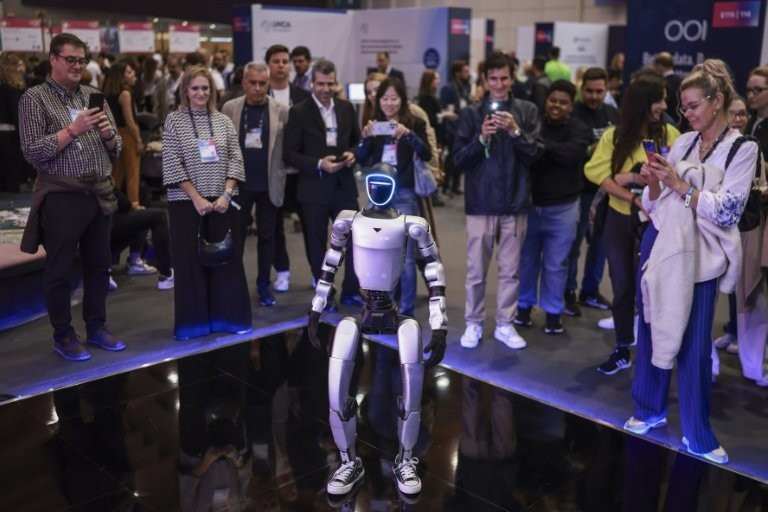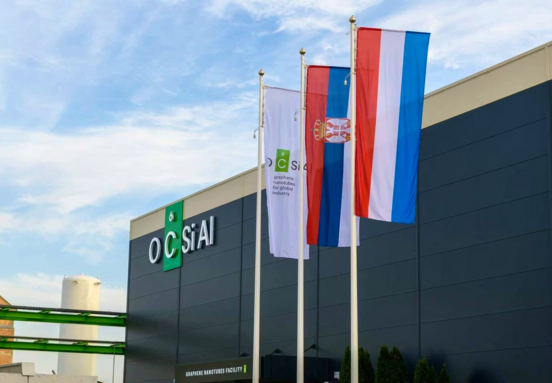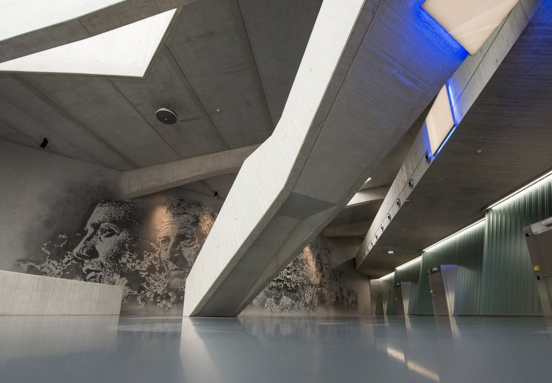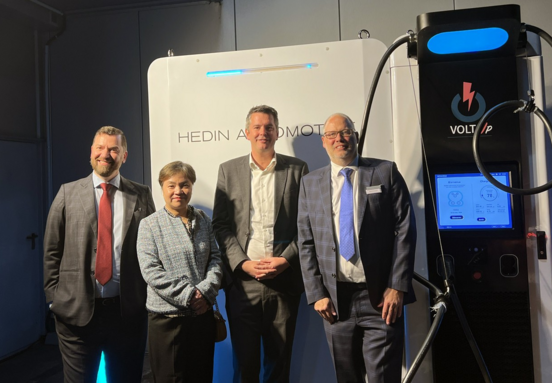The current state of warehouse automation: beyond the hype
In the bustling world of e-commerce and logistics, the image of sleek humanoid robots seamlessly navigating warehouses often dominates public imagination. However, Tye Brady, Amazon's chief roboticist, offers a pragmatic perspective: these captivating humanoids are still far from revolutionizing physical labor in factories and warehouses. Amazon's approach underscores a fundamental principle: focus on solving problems and deriving form from function, rather than starting with an aspirational design.
Amazon's practical approach to robotics in warehousing
Amazon, a pioneer in large-scale automation, already deploys over a million robots across its vast e-commerce operations. These aren't the bipedal marvels seen in sci-fi, but rather highly specialized machines designed for specific tasks. This includes sophisticated robotic arms for picking and sorting items, and robust wheeled haulers for transporting heavy loads across expansive warehouse spaces. Crucially, these machines are engineered to sense and safely avoid human workers, ensuring a collaborative environment.
The core objective of Amazon's robotics is clear: to provide utility and augmentation to people, systematically eliminating menial, mundane, and repetitive tasks. This strategy frees human employees to focus on more complex and value-added activities. Brady highlights 'Vulcan,' Amazon's highly effective robot capable of picking and stowing around 75 percent of items. Notably, 'Vulcan' is a large, floor-mounted assembly—a testament to how practical application often prioritizes function and efficiency over a lithe, humanoid form.
Why humanoid robots aren't revolutionizing warehouses (yet)
While bipedal locomotion might offer advantages for navigating uneven terrain or stairs, the true value of any robot in a warehouse environment is determined by the specific tasks it can perform. Many critical warehouse operations, such as intricate picking and manipulation, demand a sophisticated sense of touch and dexterity that current humanoid designs struggle to replicate economically and reliably. The complexity of these tasks currently outweighs the benefits of a human-like form for most industrial applications.
What this means for your industrial and warehouse space needs
For businesses seeking industrial or warehouse space, understanding the current reality of automation is paramount. While humanoid robots remain a distant future, purpose-built automation is very much a present factor influencing warehouse design and operational efficiency. Here’s what to consider:
Space for specialized robots: Modern warehouse spaces must accommodate existing automation, such as wheeled haulers requiring clear, wide aisles and robust flooring, or floor-mounted robotic systems like Amazon's 'Vulcan.' When renting a warehouse, consider layouts that support efficient robot pathways and designated zones for automated operations.
Infrastructure demands: Current automation requires significant power, data connectivity, and climate control. Ensure any potential warehouse space has the necessary electrical capacity, robust network infrastructure, and environmental controls to support advanced robotic systems.
Optimized human-robot collaboration: Even with extensive automation, human workers remain integral. Warehouse designs must facilitate seamless and safe interaction between people and machines. This involves considering intelligent zoning, safety protocols, and ergonomic workstation designs that complement robotic assistance.
Flexibility and future-proofing: While humanoids are not yet here, automation technology continues to evolve rapidly. Opt for industrial spaces that offer flexibility in layout, high ceiling clearances for vertical storage, and strong floor load capacities. This allows for scalability and adaptation as new, practical, non-humanoid automation solutions emerge to enhance your logistics and fulfillment processes.
Source: today.rtl.lu







